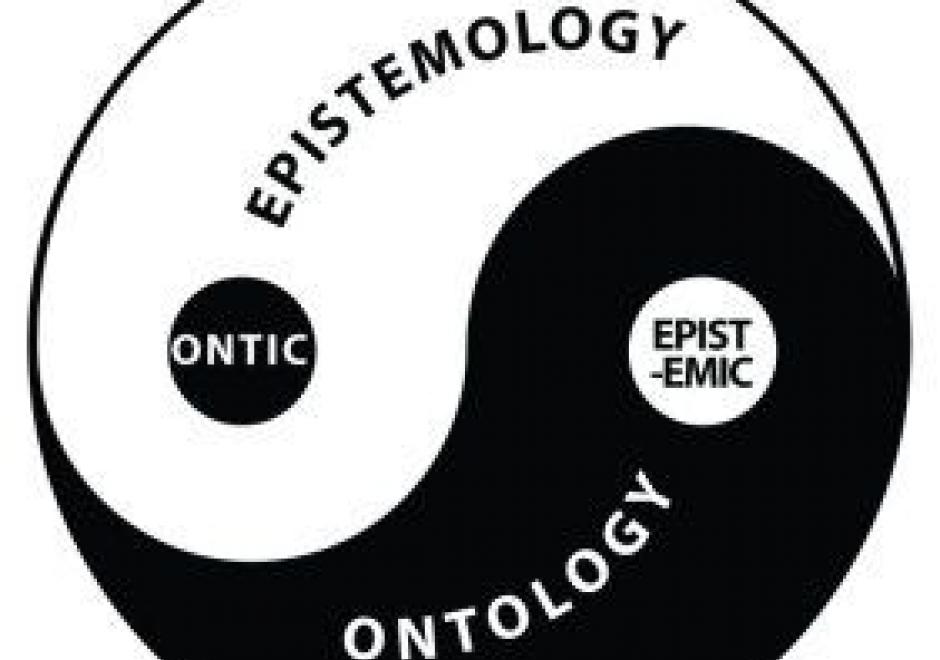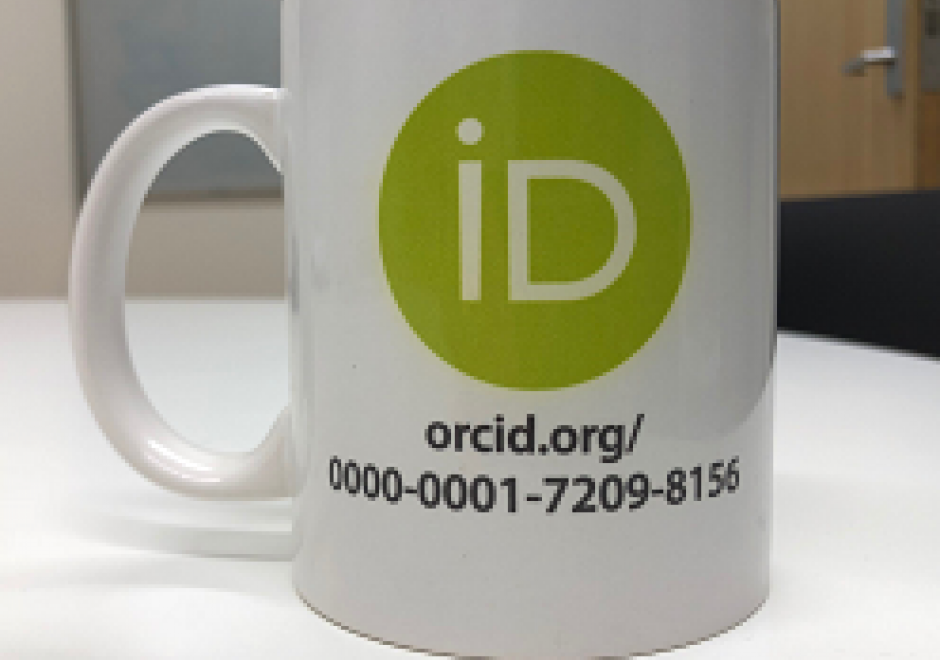CP-29 - Enterprise GIS

Enterprise GIS is the implementation of GIS infrastructure, processes and tools at scale within the context of an organization, shaped by the prevailing information technology patterns of the day. It can be framed as an infrastructure enabling a set of capabilities, and a process for establishing and maintaining that infrastructure. Enterprise GIS facilitates the storage, sharing and dissemination of geospatial information products (data, maps, apps) within an organization and beyond. Enterprise GIS is integrated into, and shaped by the business processes, culture and context of an organization. Enterprise GIS implementations require general-purpose IT knowledge in the areas of performance tuning, information security, maintenance, interoperability, and data governance. The specific enabling technologies of Enterprise GIS will change with time, but currently the prevailing pattern is a multi-tiered services-oriented architecture supporting delivery of GIS capabilities on the web, democratizing access to and use of geospatial information products.







GS-09 - Enforcing control